Spotlight: Fort Worden — Got a flashlight?
Did you bring your flashlight? A headlamp, maybe?
Good.
In Port Townsend, Wash., Fort Worden’s grey-concrete gun batteries once provided shelter to soldiers on the lookout for saboteurs, spies and submarines trying to enter the Puget Sound. Today, the batteries provide shriek-filled echo chambers full of childish delight.
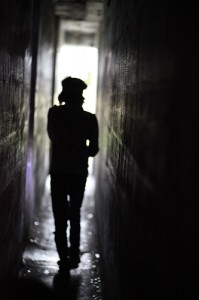
Play flashlight tag through windowless, unlit corridors and the barren, pitch-black rooms. Wear sturdy shoes and make sure your tetanus shots are up to date – broken glass and water are everywhere.
The dank walls seem to reach out and touch you first, urging you to keep your coat on.
Pick up a map at the visitors’ center, right inside the fort’s gates. If you have older children, you’ll want to make your way to the main cluster of bunkers, about a two-mile walk round-trip from a parking lot. It’s a 45-minute sojourn (without stopping), but you’ll be in the center of eight eeky batteries.
With younger kids, go to Battery Kinzie, near the lighthouse. This set of spooky rooms only requires a one-minute walk from the car.
Battery Kinzie, built in 1910, provides great views of the Strait of Juan de Fuca. Hold the kids’ hands and walk up the no-railing stairs; watch out for the thorny bushes that once prevented spies from sneaking in under the fog cover. Their prickly spines sprout from the ground, threatening pain.
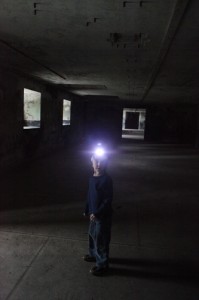 Does this all sound a little dangerous? It could be. But it’s not, not really. Just set some ground rules – don’t eat glass, don’t poke your brother in the eye with the thorn bush, and no, you cannot slide down the concrete slab. You’ll tear your pants and the enemy spies will see your underwear.
Does this all sound a little dangerous? It could be. But it’s not, not really. Just set some ground rules – don’t eat glass, don’t poke your brother in the eye with the thorn bush, and no, you cannot slide down the concrete slab. You’ll tear your pants and the enemy spies will see your underwear.
If you can’t get enough of the freakishly cool fun, check out the gun batteries in Fort Casey, on Whidbey Island, Wash.
And don’t forget your flashlight.
Find more family travel excitement over at DeliciousBaby’s Photo Friday.
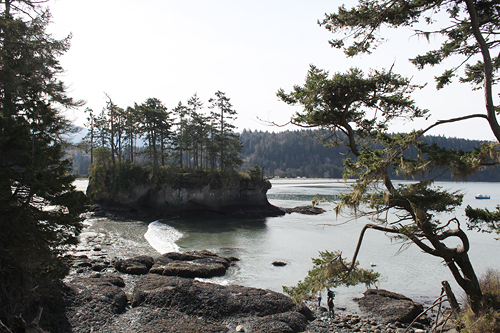

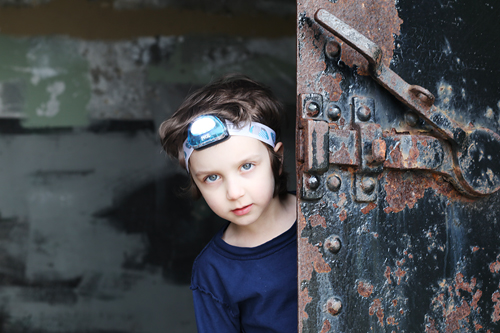
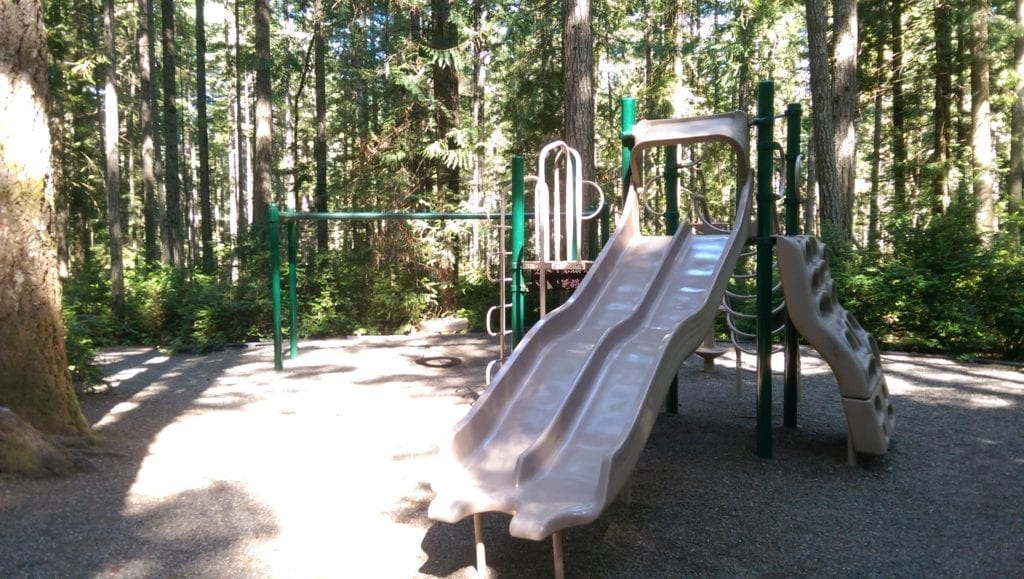
4 Comments
Amy @ The Q Family
How cool! I can imagine a special Halloween tour at night.
.-= Amy @ The Q Family´s last blog ..Los Angeles With Kids: Santa Monica Pier & Pacific Park =-.
Lora
It was cool. It felt like a scene from LOST, I kept waiting for a smoke monster. I remember going to similar batteries as a kid, and loving every minute of it.
However the gates are locked at dusk, to prevent late-night visits. But I think the local teens probably sneak in and party here on Halloween.
Jen
I hope you have that picture hanging on your wall…that first picture is absolutely gorgeous! Headlamps are a definite must for kids…they feel like Indiana Jones!
.-= Jen´s last blog ..Eden State Gardens – Point Washington, Florida =-.
Mary T
This would be a good stop on a Twilight theme tour – pretty spooky looking!